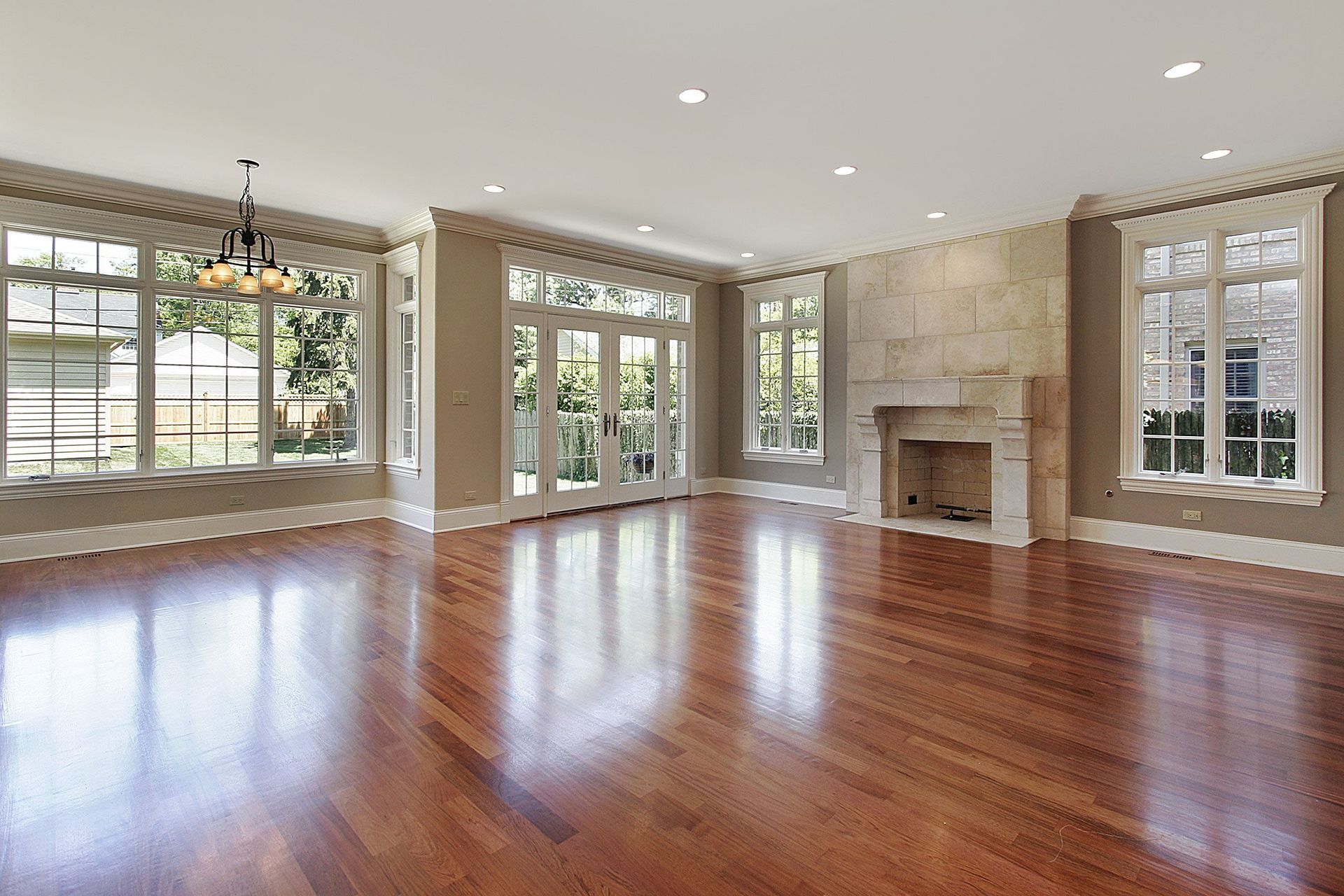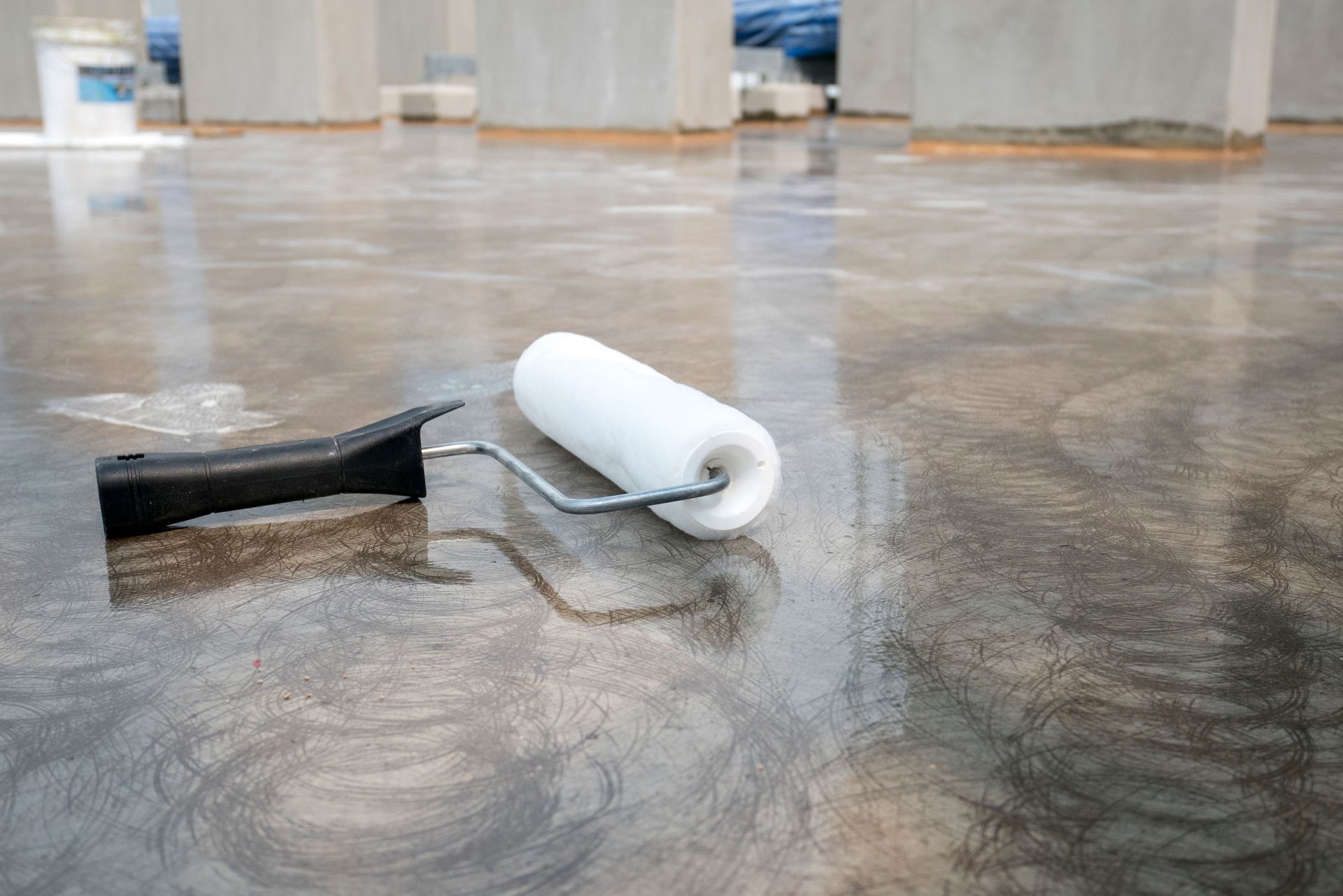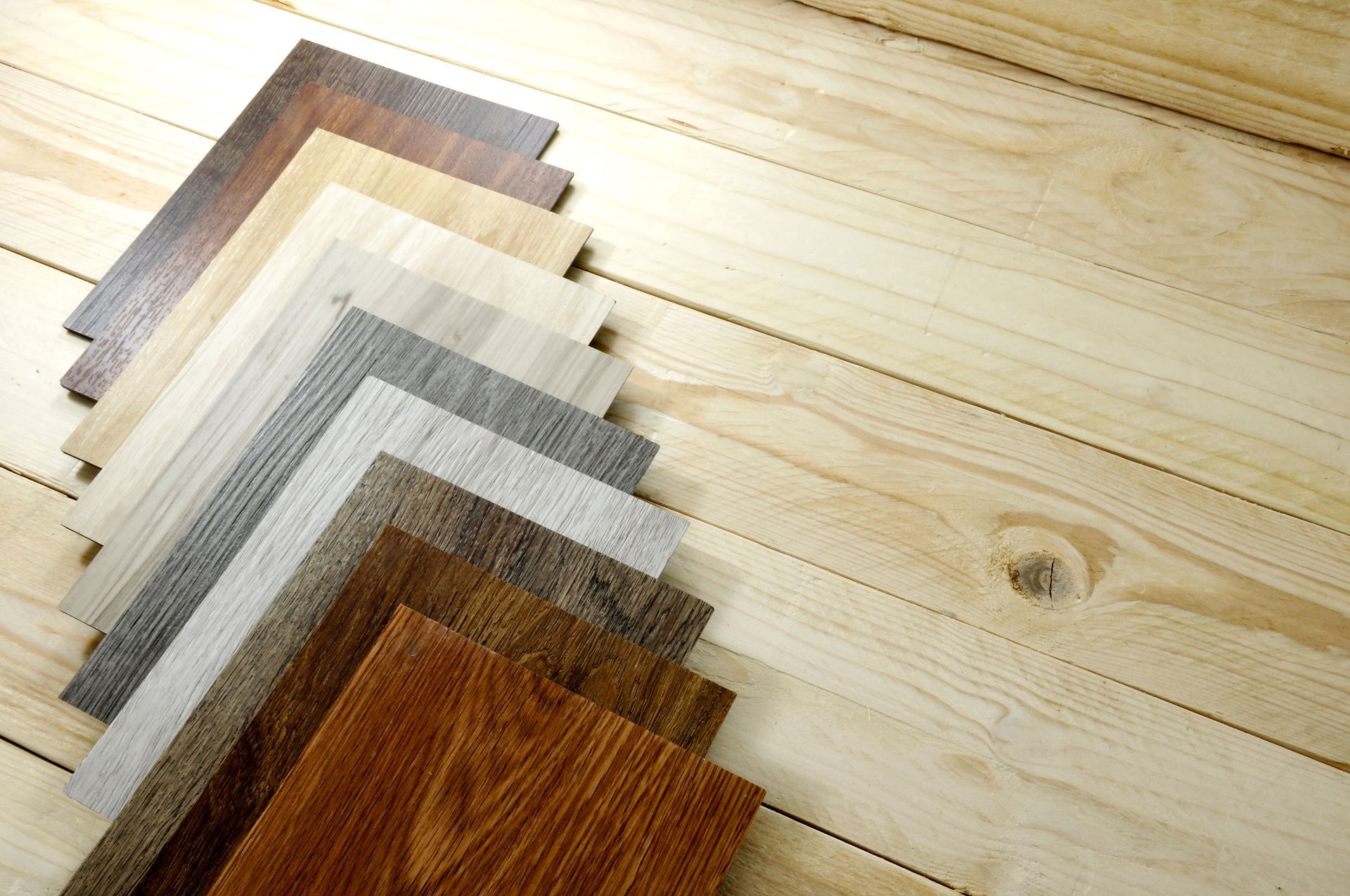What Factors Into the Price of Flooring?
Choosing the right flooring for your home means weighing aesthetics, performance, and longevity—but the material cost is often shaped by more than just the type itself. Factors like raw material availability, manufacturing techniques, installation requirements, and long-term maintenance all contribute to the overall price tag that you see at a flooring company. Let's take a moment to break down the reasons behind the cost differences in several popular flooring types to help you make an informed choice.
1. Luxury Vinyl Plank Flooring
Luxury vinyl plank flooring is growing in popularity for good reason. It’s built to replicate the appearance of hardwood while offering water resistance, flexibility, and easy installation. According to Home Depot, the average price of luxury vinyl plank flooring ranges between $2 and $3 per square foot, making it an attractive choice for budget-conscious homeowners. Several factors help keep the price accessible—mass production, synthetic materials, and click-lock installation systems all contribute to lower labor and material costs.
2. Hardwood Flooring
The cost of hardwood flooring is driven largely by the type of wood selected—exotics like Brazilian cherry tend to cost more than domestic species like oak or maple. Milling, finishing techniques, and plank thickness can also drive up prices. Additionally, hardwood typically requires professional installation, and ongoing upkeep, like refinishing, adds to long-term expenses. While the upfront investment is higher, many homeowners view it as a lasting upgrade that enhances property value.
3. Tile Flooring
Tile flooring comes in a wide range of materials—ceramic, porcelain, natural stone—and each carries its own production and installation demands. Porcelain, for instance, is denser and more durable than ceramic, but also presents a more difficult installation, which can increase labor costs. Natural stone tiles like marble require additional sealing and care, contributing to higher maintenance needs over time. Design elements like mosaic patterns, larger formats, or specialty finishes also impact cost due to increased material waste and precision. Despite these factors, tile remains a go-to option for areas exposed to moisture, like kitchens and bathrooms.
Ultimately, the price of flooring materials comes down to more than just the sticker price at your local flooring company. Manufacturing methods, sourcing, labor, durability, and maintenance all shape what you’ll spend—upfront and over time. Whether you're considering the practical appeal of luxury vinyl plank flooring or the natural elegance of hardwood, understanding these cost drivers can help you find a flooring solution at Pro Finish that aligns with both your style and your goals. Reach out today to learn more or to get started with a free in-home consultation!






Share On: